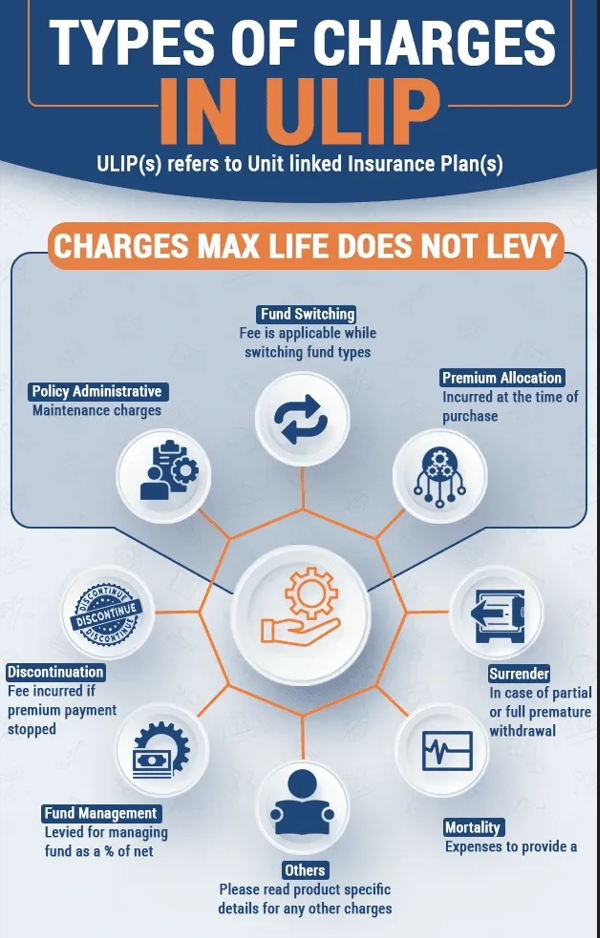Indian Residential Real Estate:
Learn From 2015 To Invest In 2016
|
CEO – Residential Services,
JLL India
The year 2015 ended without bringing much cheer
to the residential real estate sector, but it certainly will be remembered as
the year that formed a solid base for future growth. Some of the major
highlights of the year gone by:
· Relaxation in FDI rules
will help more investment to flow in the country with two of the major
obstacles removed: Minimum of 20,000 square metres of development, and a
minimum capital of $5 million.
· Passage of Real Estate Bill
by the Union Cabinet means a more vibrant, efficient and, most of all, more
transparent real estate sector that is beneficial to both buyers and developers
· Recommendations of the
seventh Pay Commission to hike the salary of state as well as central
government employees by almost 23.6% will have a positive impact on the demand
side of residential real estate
· A growing economy, reducing
inflation and a rate cut of 50 basis points by the RBI will result in lower
home loan rates
· The launch of initiatives
like Smart Cities, AMRUT and Housing for All by 2022 will create a revolution
once they get into action mode. The groundwork is already happening
· Despite the sector
operating below par, it attracted investments of $8 billion or Rs. 53,000
crore. This might become the highest in the preceding seven-year period
These factors can contribute significantly to
the growth of the real estate sector going forward. However, one still needs to
be pragmatic while making decisions related to purchase of residential property
in 2016.
 |
| Ashwinder Raj Singh, CEO – Residential Services, JLL India. |
Points to take into account:
· Owing to the slump in the
realty market over the past 2-3 years, there has been a lot of churn in the
market in terms of demand and supply alignment.
The days of humungous returns
are past; returns will be more aligned to actual market forces instead
speculation
· More than ever before,
investment decision must be preceded by a thorough due diligence and expert
advice. The market will perform differently in different areas, budget ranges,
configurations and typologies even if the broader parameters remain the same.
The due diligence must involve a detailed background check of the developer and
extensive research about the project in terms of whether or not the various
statutory permissions have been obtained, its location, etc.
If there is the
slightest reason for doubt, expert guidance is a must to avoid getting trapped
in the wrong project
· In the case of
under-construction projects, establishing a developer’s cash flows is more
important than anticipating ROI.
The recent slump in the realty market has
squeezed liquidity out of the system and further limited the ability of
developers to build more projects or sell out the existing ones with ease. In
other words, the a developer’s ability to fund a certain project to completion
is a more important factor to scrutinize than how much profit one can rake in
from investing in the project
· Investment in the realty
sector always involves risk; there is never a guarantee of assured returns. It
is important for every investor to assess their resilience to and preparedness
for risk
· For end-users, there is no
such thing as timing the market, because for buyers looking for a home for
personal use, there is no right or wrong time. In fact, it is a buyer’s market right
now. However, if one plans to enter the market as an investor looking for
healthy returns, then it makes sense to time one’s entry. The choice between
opting for a wait-and-watch approach and an immediate entry must depend on how
conducive the overall market is.
· The most important thing is
not liquidity, but actual need. In other words, the first step must be to
understand whether the identified property actually has exactly what one is
looking for, or if it exceeds or falls short of those requirements.
This
applies equally to investors and end-users.
· Investors must look beyond
the obvious. While mature markets might be safe bets, upcoming markets are
where the action is and are key to earning better returns
· End-users must do a rent
vs. buy analysis. The current employment market in the country suggests
frequent movement of employees across cities. In such a scenario, compromising
one’s job for real estate concerns may not make a lot of sense. Buying property
in one’s home town and renting it out while personally living on rent in one’s
city of employment should be seriously considered
· For end-users,
understanding capital appreciation is important. If one is planning to invest
in property with a loan, studying the identified market’s performance in previous
years as well as the future potential is critical. The performance of the
rental market should not be ignored, either. Situations where one’s outgo on
interest or maintenance on a property is more than the generated income must be
avoided.
Recommended markets to
invest in:
· Noida & Greater Noida –
National Capital Region (NCR)
· Thane – Mumbai Metropolitan
Region (MMR)
· Navi Mumbai – Mumbai
Metropolitan Region (MMR)
· Whitefield – Bangalore
· Viman Nagar and Nagar Road
– Pune
· Kochi – Kerala
The post Residential Real Estate: Learn From
2015 To Invest In 2016 appeared first on Real Estate Trends 2016, News, Insights.































